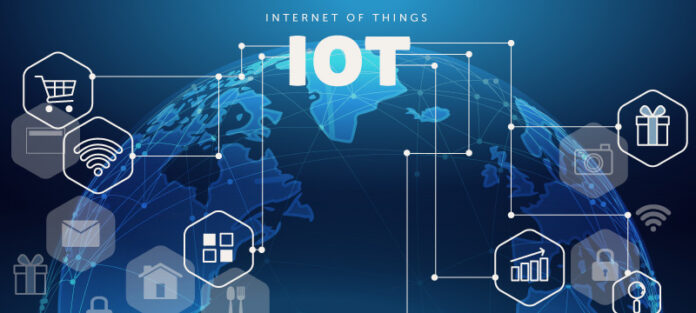With the advancement of technology, the planet is becoming a better place. People’s views are shifting as a result of its evolution.
Stronger demand for customization, consumer expectations, and the uncertainty of the supply chain are all taking center stage as more disruptive developments become embedded in our everyday lives. All of these developments have a direct impact on the manufacturing sector, as consumers demand more goods that are tailored to their preferences. The automotive sector is also experiencing disruption as a result of connected devices.
Factory shops profit from the Internet of Things in a variety of ways. The following are a few of them.
- It provides a groundbreaking degree of visibility into the shop floor and field operations by powering manufacturing bases with IoT facilities. Industries use the framework to update data in real-time, resulting in significant improvements in manufacturing processes.
- Damage to machinery and downtime are critical in manufacturing facilities. They can, in some cases, endanger human workers in addition to causing financial harm. Sensors in IoT devices control temperature, vibration, voltage, currents, and other variables. Staff may receive warning signs of any anticipated malfunctions with the aid of these sensors.
- Autonomous machinery can take over time-consuming and intense human labor on the factory floor in the future. Manufacturers can create intelligent networks that interact and coordinate with each other autonomously with little to no human interference by connecting machines to each other.
- Smart packaging provides producers with cutting-edge IoT benefits. It allows consumers to connect with IoT devices and generates data that can be used to improve product management. Cooking guides, make-up tips, and other demonstrations can be included in smart packaging to show how to use the product.
- An increasing number of manufacturing companies are implementing asset practices. Using IoT technology combined with the development of local web and mobile applications for iOS and Android, it is possible to obtain current asset data and make sound decisions.
- At various stages of the product cycle, IoT sensors collect aggregate commodity data as well as other collective data from third parties. This data relates to the composition of the raw materials used, as well as the impact of transportation and other influences on the end product. The IoT device can also provide data on customer reactions to the product if it is incorporated into the final product. Both of these inputs can be analyzed later to identify and correct quality issues.
Follow and connect with us on Facebook, LinkedIn & Twitter

